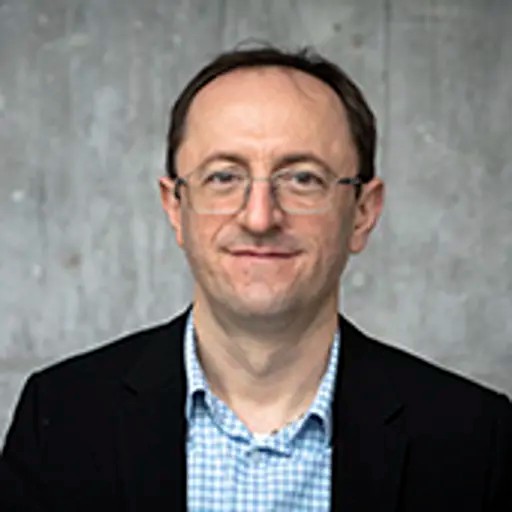Om kursen
You have chosen to specialise in materials science where metals and alloys constitute important part. Maybe you are interested in application of materials technology and alloy design in products. If you want to participate in and lead industrial or academic materials research it requires deep disciplinary knowledge. In both cases you can make good use of this course which is all about deep understanding of the basic underlying principles for phase transformations and the constitution of microstructures. These principles serve as tools for understanding the effect of various treatments on structure and properties of materials. Hence intention of this course is that you should be able to apply these basic principles to the kind of problems you may encounter later, in your working life. Examples are design of heat treatment procedures to facilitate required mechanical performance, alloy design to improve existing alloys or create new materials for coming applications, phase transformation in the heat affected zone during welding and their effect on final properties as well as knowledge concerning some modern materials like intermetallics, metallic glasses, etc. Modern simulation tools widely used in industry and academia for alloy design and heat treatment process establishment will be introduced in the frame of the course, namely Thermo-Calc and JMatPro.
Learning objectives
After completion of this course you should be able to:
Practical class will include problem solving using Thermo-Calc for Windows and JMatPro. The aim is to get familiar with existing thermodynamic modelling softwares by calculation phase diagrams, phase constitution, heat treatment and properties of alloys for engineering applications.
Learning objectives
After completion of this course you should be able to:
- calculate expressions or sketch the free energy for ideal, regular and real binary solutions as a function of composition, temperature or pressure taking into account the effect of particle size. To construct binary phase diagrams from the binary free energy diagrams at different temperatures;
- apply Ficks first and second law for diffusion in binary system, solve the equation for a few specific applications and for different types of diffusion recognize the diffusion coefficient D;
- sketch and use expressions for the free energy for a surface/interface or grain boundary. From the expressions determine or recognise the equilibrium shape of a precipitate, crystal or grain;
- recognize expressions for free energy of formation of small clusters and discuss the implications for nucleation and nucleation rate;
- describe and discuss driving forces for growth of a pure solid or alloy after nucleation. In particular describe the effects of changing process parameters on the microstructure of ingots and welds;
- describe the mechanisms for diffusionless transformations and discuss which mechanisms that govern nucleation and growth of short-range and long-range diffusional transformations;
- use TTT- and CCT-diagrams;
- apply modern simulation tools for phase transformations and alloy design.
- The final written exam will take place Friday, Oct. 26, afternoon session (14.00-18.00). The total score for the exam will be 50 points. The grading will be based on the total sum of 50 points as follows: Grade 5: 75% or better, Grade 4: 60% or better, Grade 3: 40% or better.
- Participating in practical class (thermodynamic modelling) and having approved report is compulsory for passing the exam;
- A small project report on application of basic thermodynamics to an industrially relevant phase transformation is compulsory and bonus points can be earned to pass exam. Bonus points can be used fully (8p) to pass the exam, but are only to be used to 50% (4p) for grade 4 and to 25% (2p) for grade 5.
Practical class will include problem solving using Thermo-Calc for Windows and JMatPro. The aim is to get familiar with existing thermodynamic modelling softwares by calculation phase diagrams, phase constitution, heat treatment and properties of alloys for engineering applications.
Mer information
Eduard Hryha, phone 772 12 55, e-mail: hryha@chalmers.se
Thermo-Calc/JMatPro tutor Eduard Hryha
Study secretary Margareta Machowska, phone 7721265, e-mail: margareta.machowska@chalmers.se.
Study secretary Margareta Machowska, phone 7721265, e-mail: margareta.machowska@chalmers.se.
Kurslitteratur
D.A. Porter, K.E. Easterling and M.Y. Sherif: Phase Transformations in Metals and Alloys, CRC Press, UK, 3rd edition, 2009, ISBN 978-1-4200-6210-6. The book can be bought at Cremona Bookshop, Student Union
Föreläsare
Eduard Hryha
